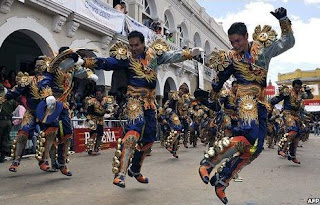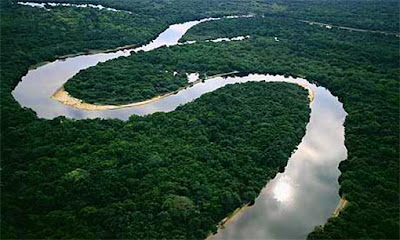WHAT TO KNOW BEFORE TRAVELING TO PERU
Peru is a country filled with stunning landscapes thanks to its geographical diversity, its vibrant cultural heritage, incredible archaeological sites and unique Andean culture. From the ruins of Machu Picchu to the Amazon Jungle, from the floating islands of Lake Titicaca to the mysterious Nazca Lines, Peru offers unique memories and the journey of a lifetime for all travelers. Here are some tips that will help you to enjoy your trip even better!!
- Its always helpful to know a bit of the local language. It makes things like bargain prices and asking for directions much easier. The good news is that you don't have to be fluent to get around. You can take an hour of Spanish class in Peru for pretty cheap. You never know what you might miss out because of the language barrier.
- Several small shops or stores don't accept credit cards, so make sure you're prepared with cash every time you go out.
 |
| Ceviche |
- Be open to try typical dishes of the Peruvian cuisine, you will not get disappointed. Some of the most famous dishes are Ceviche, Lomo Saltado and Aji de Gallina, you can also try something more exotic but delicious as Anticuchos, Cuy Chactado or Pachamanca.
- If you're traveling on a budget, have plenty of time and want to get to know Peru in a fun way, then you can travel by bus. This would be the best option to explore Peru, its amazing landscapes and local traditions on your way from one place to another.
- Most visitors do the Peruvian Two-Step: spend a night or two in Lima, then travel to Cusco to visit Machu Picchu. Undoubtedly, both are spectacular destinations but there is more out there to discover. So don’t confine yourself to this strict itinerary or you’ll miss several interesting destinations, local traditions and adventurous activities this country has to offer.
- There have been cases of tourists being robbed by the taxi drivers. To avoid this episode, only take licensed taxis. Always negotiate the price before getting in the car. It's always best to ask a local how much it should be to get to your destination before speaking with the taxi driver.
- If you plan to hike in high elevation destinations, such as Cusco or Puno, it would be a good time to follow local traditions and start chewing coca leaves, a perfectly legal tradition of Andean life because it is not cocaine. This will help with the altitude sickness and not to feel tired right away.
- It doesn’t matter what you drink, you are in Peru so you should drink like a Peruvian. Try the National drink: Pisco, a distillation of crushed grapes and national pride. There is a variety of delicious cocktails you cannot miss, such as Pisco sour, Chilcano or Algarrobina.






































